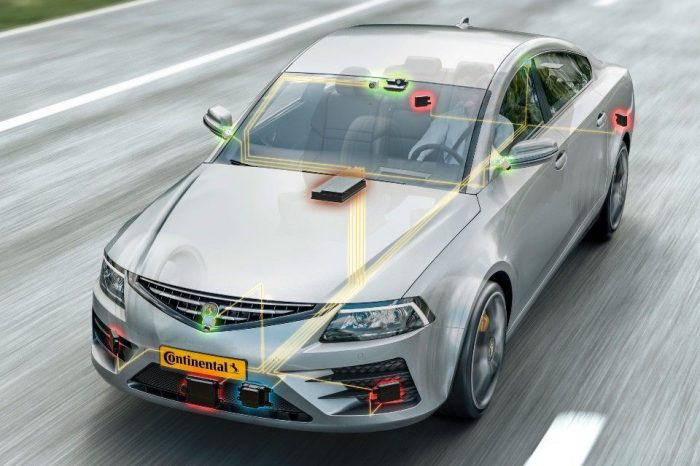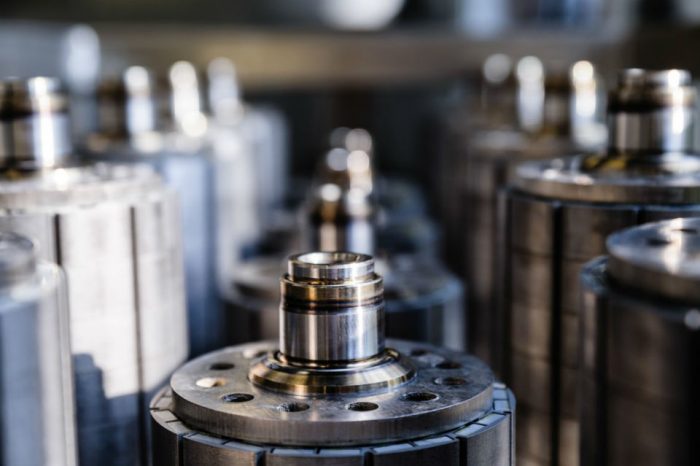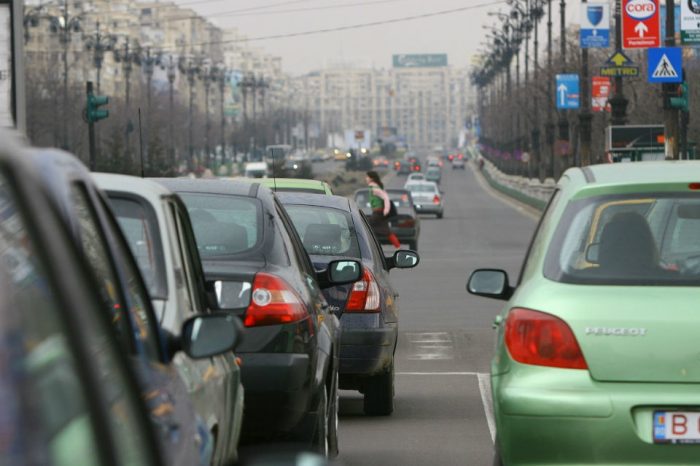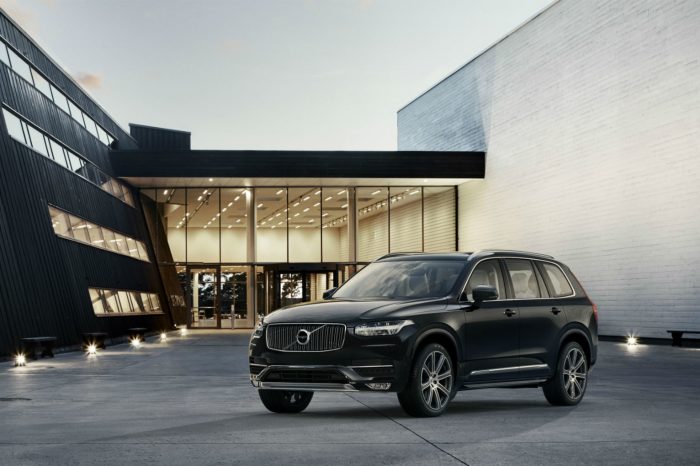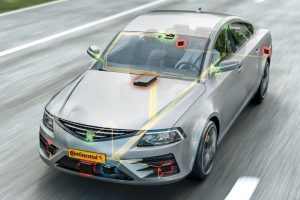Electric cars threaten to leave behind East European suppliers

Kia Motors produces about 1,400 new cars every working day in Zilina, a city in Slovakia’s northern industrial heartland, but they all run on gasoline or diesel, increasingly seen as technology that will eventually be surpassed by electrification.
Less than two hours away, PSA Group workers will reconfigure miles of assembly lines for Peugeots and Citroens to meet the impending electric car boom as long as the plan is approved by management. A Jaguar plant being built in the west of the country might produce batteries, though it wasn’t included in the original plan.
Slovakia makes more cars per person than anywhere else in Europe. It depends on automotive factories for about a third of its exports, yet the only electric cars being built in the country are e-Up minicars at Volkswagen Group’s facility in the capital, Bratislava. Now there’s a growing sense that the country needs to keep up or it will lose out.
“It’s going to take a lot of power to transform this industry and if only for the sake of security — national security — we should have it,” said Peter Badik, who owns a company that has 27 charging points in the country. “We should be in the first row of the debate and we’re not.”
The region from Estonia in the north to Bulgaria in the south is home to a concentration of automakers, suppliers and raw materials producers. They were attracted by relatively low costs and high skills following the fall of the Iron Curtain. They make everything from small cars for Toyota, Fiat Chrysler Automobiles and PSA, to compacts for Hyundai and Kia, Skoda cars to Audi TT sports cars.
The problem is that a conventional automobile needs more than 20,000 parts to run, while an electric car can use as few as 7,000, creating a more cut-throat market to feed factories, said Matjaz Schroll, head of private equity for central and eastern Europe at Franklin Templeton Investments.
“The Germans may try to protect their own suppliers and could cut off the suppliers in eastern Europe unless those suppliers will be able to make this transition, which I think is going to be extremely difficult,” Schroll said at a recent Vienna conference. “It could have a huge negative impact.”
Slovakia and its 5.4 million people have the most on the line. The auto industry helped cement the transition from communism to capitalism and turn the country from a backwater to euro member. The economy has now almost doubled in size since the year before Slovakia joined the European Union in 2004, to about $90 billion.
The e-car development is inevitable. Within two years, electric vehicles will represent as much as 8 percent of total sales globally, Moody’s Investors Service said in a report on Jan. 23. In 22 years, electric cars will make up 54 percent of total new sales, according to Bloomberg New Energy Finance.
“If we don’t want to fall asleep — and we don’t — we’ll need to adapt,” Peter Ziga, the Slovak economy minister, said on Jan. 31. “Many carmakers have announced target dates for going completely electric, including those that operate here. We will not just passively watch the development, but we will be also active partners.”
VW’s plant in Bratislava, which employs almost 12,700 people, has been producing the e-Up in Slovakia since 2013.
The German company’s main regional subsidiary, Skoda in the Czech Republic, is planning five all-electric models beginning in 2025. PSA in western Slovakia plans to produce e-vehicles and already halted building a new combustion-engine facility, according to spokesman Peter Svec.
At the Jaguar Land Rover plant, still under construction in Nitra, central Slovakia, the British company has applied for permission to add a new wing, chiefly for battery production.
Ground-breaking for a plant by South Korean battery maker SK Innovation will begin this year in Hungary and Continental Automotive announced plans for an electronics component factor in Lithuania, which can also include electric car parts, said spokeswoman Alena Liebram.
“You can see that there is a heavy concentration in the car industry and this matters, especially in the supply chain,” said Doris Hanzel-Weiss, an economist the Vienna Institute of International Economic Studies and the author of a report on the region’s industry. “This is very important for eastern Europe.”
In the 1990s, a wide network of auto-parts makers and raw materials producers that feed the industry materialized, providing export revenue and more than 60,000 jobs for the manufacturers alone. There are tens of thousands more jobs in support of production. The challenge is to ensure the evolution of the industry doesn’t bypass the region.
In a suburb of Zagreb, the Croatian capital, Rimac Automobili workers are debating technical details in front of oversized computer screens. They are building body parts by laying carbon fiber layers over shiny aluminum molds and welding light-weight chassis tubes by hand.
The nine-year-old company, which sold its eight luxury Concept One “hypercars” for 1 million euros apiece, is now moving ahead with a newer, more-ambitious model, said spokeswoman Marta Longin during a recent tour of the factory.
“It takes the high-end cars to show people, to open their eyes and make them realize the future is already here and the technology is ready,” said founder Mate Rimac. “It just will take some time to trickle down to the mass market. That is the way it works. The technology eventually ends up in the mass market.”
Small businesses, even ones that charge luxury prices like Rimac, are vital to ensuring eastern Europe stays in the automobile game and is able to provide large automakers with the expertise needed to preserve the industry’s network.
Badik, the co-founder of Slovak electric charging company GreenWay Infrastructure, steered his VW e-Up silently into a crowded Bratislava shopping mall parking lot for his evening “fill up.” He never has to wait. “Slovaks might want to make them, though there’s little interest in driving them.” He’s confident the world is going in the right direction and the country will follow.
“In 10 years we will see a completely different way how we move around cities,” Badik said as he leaned on the hood and waited for the charge to complete. “But we’re just not there yet.”
Source: Autonews



